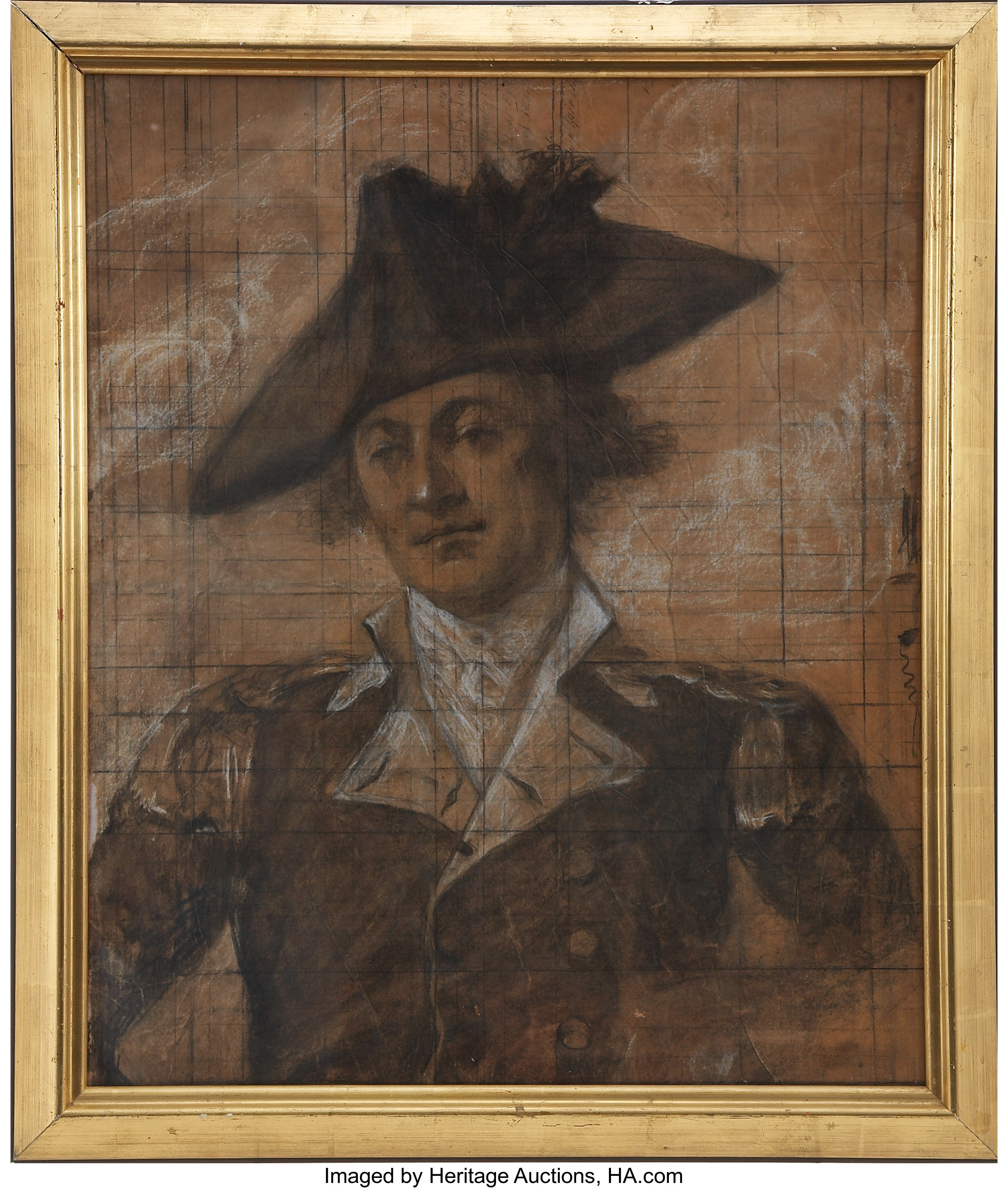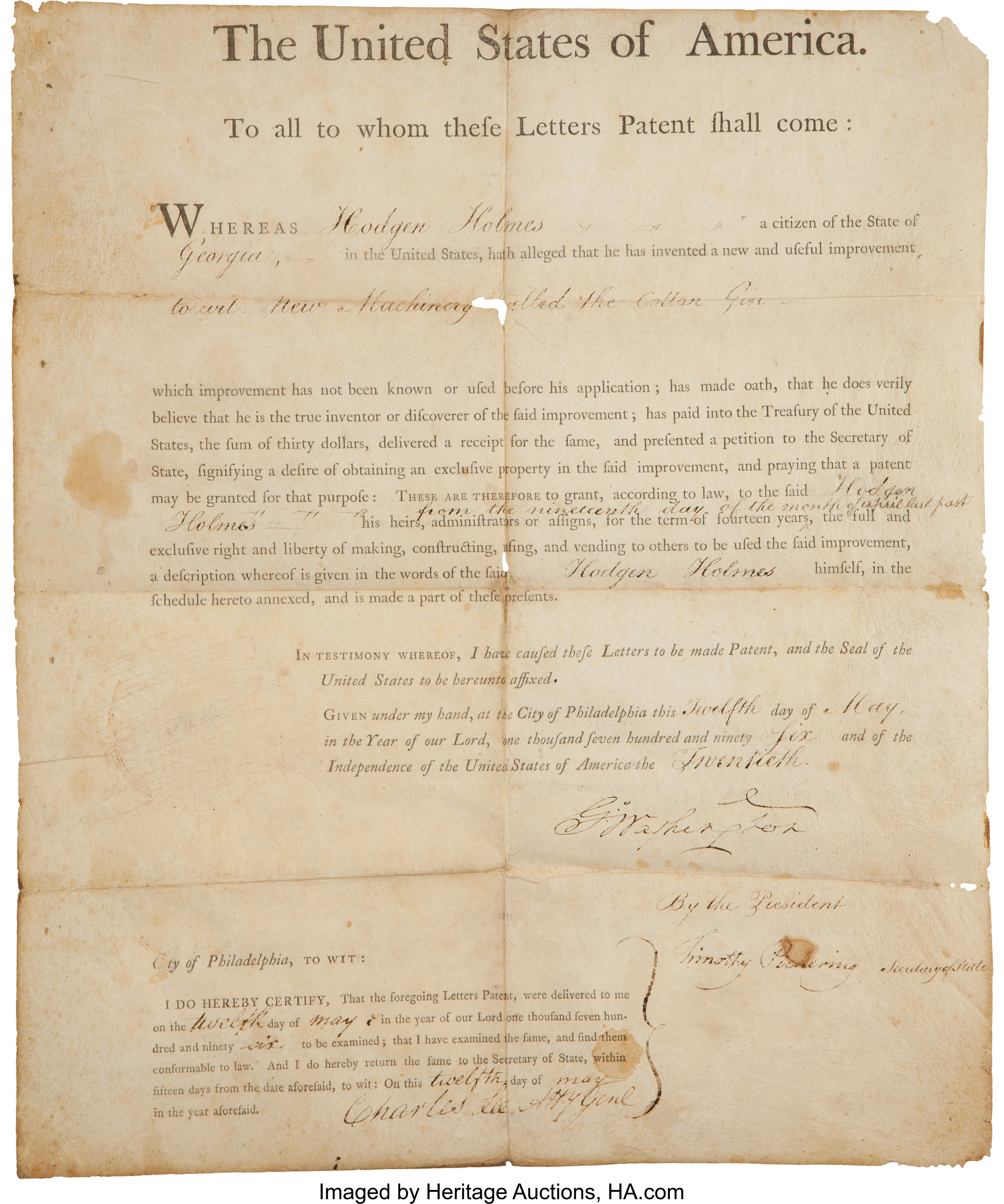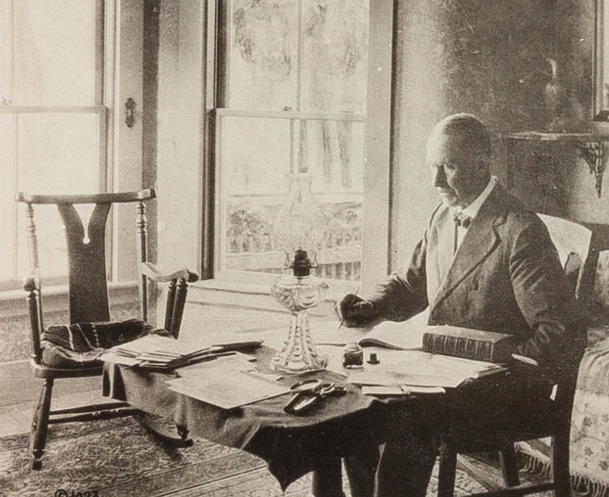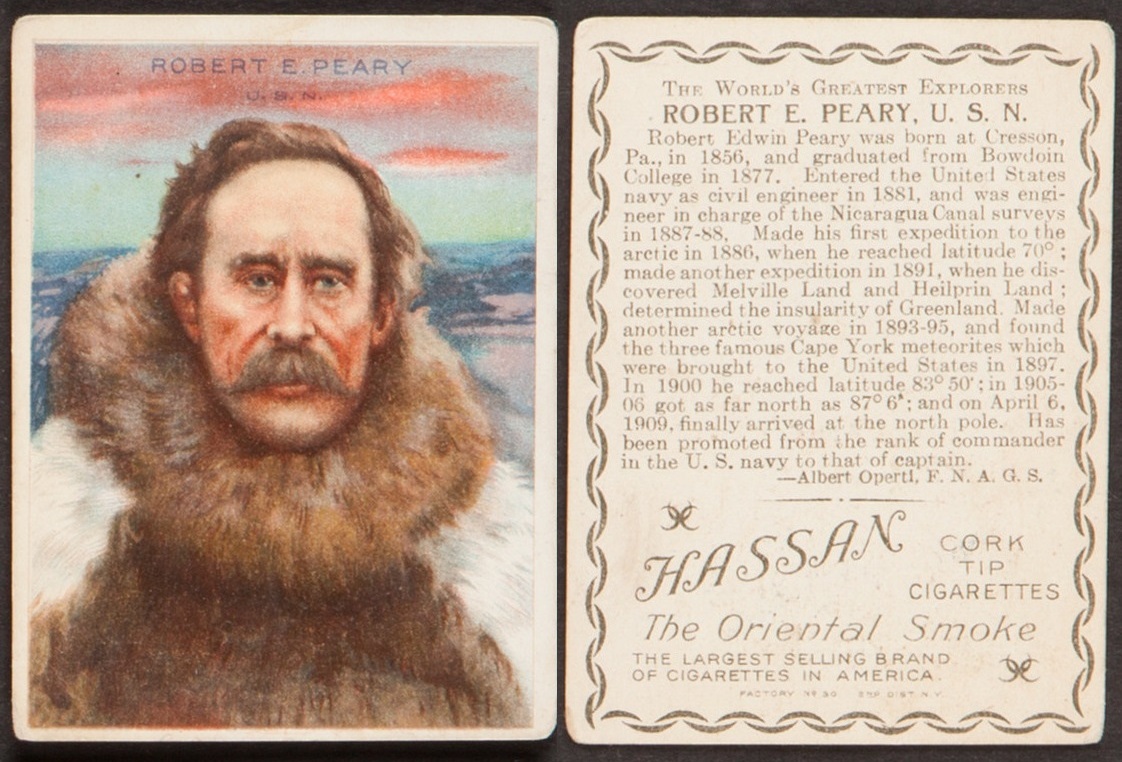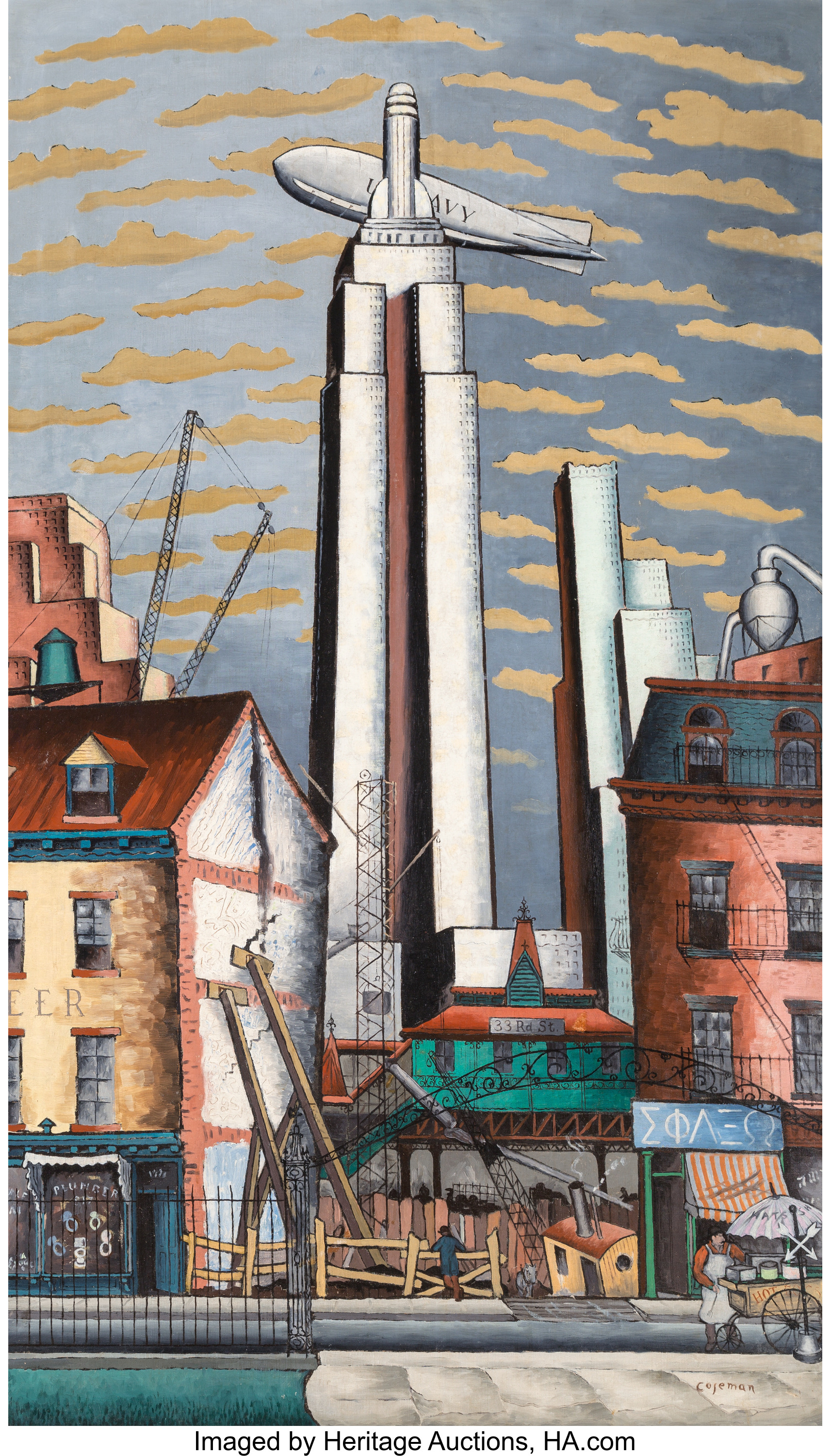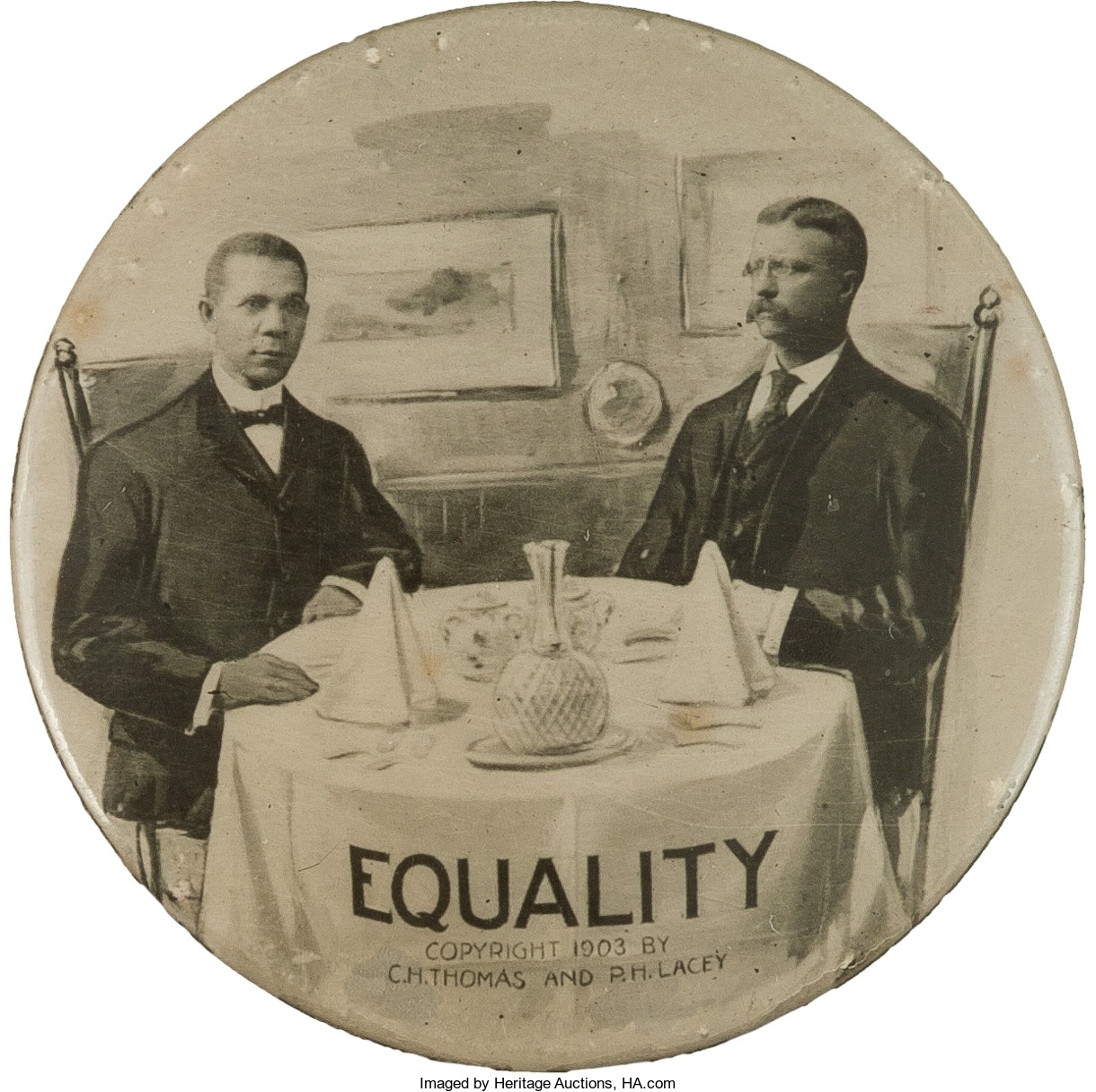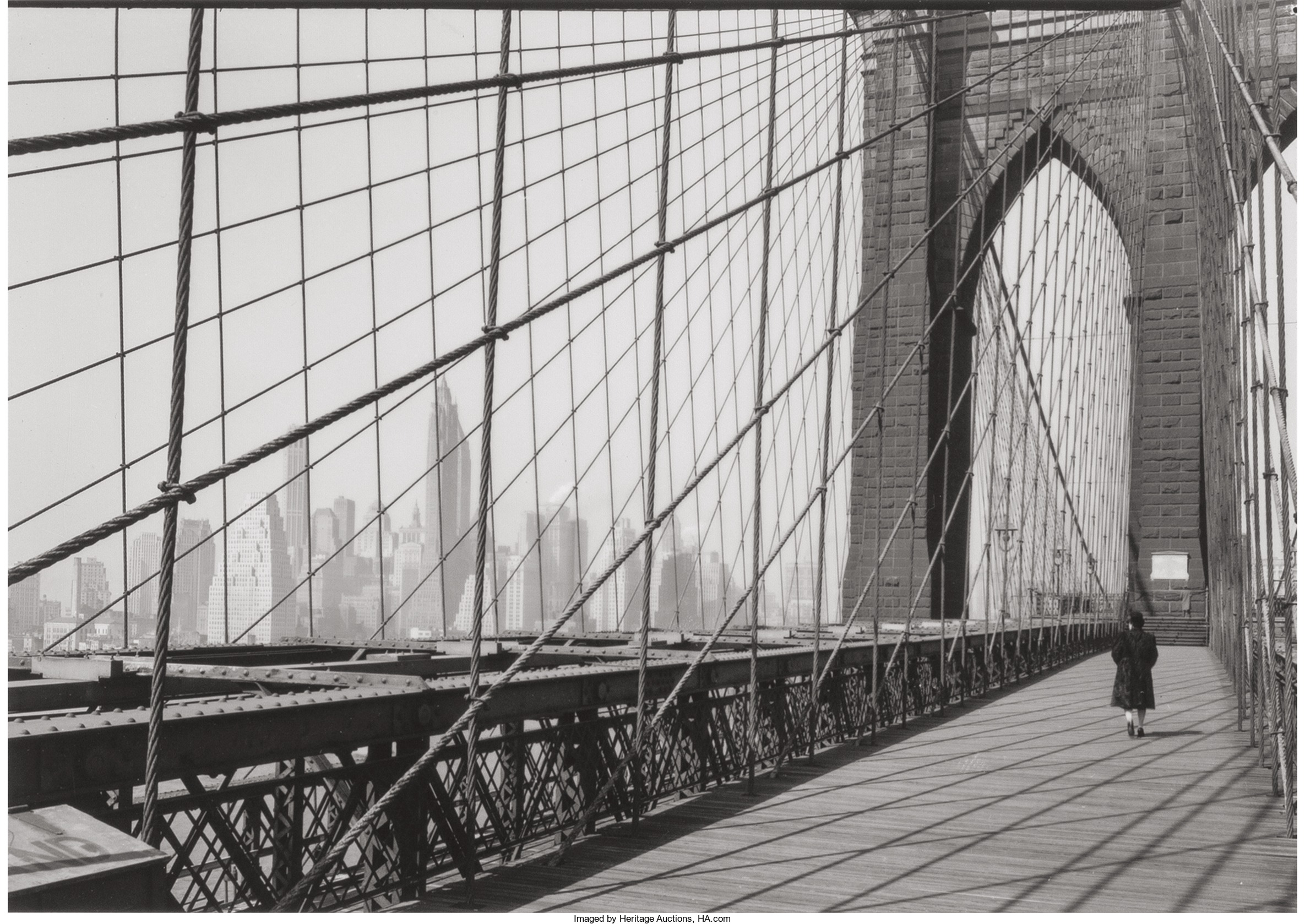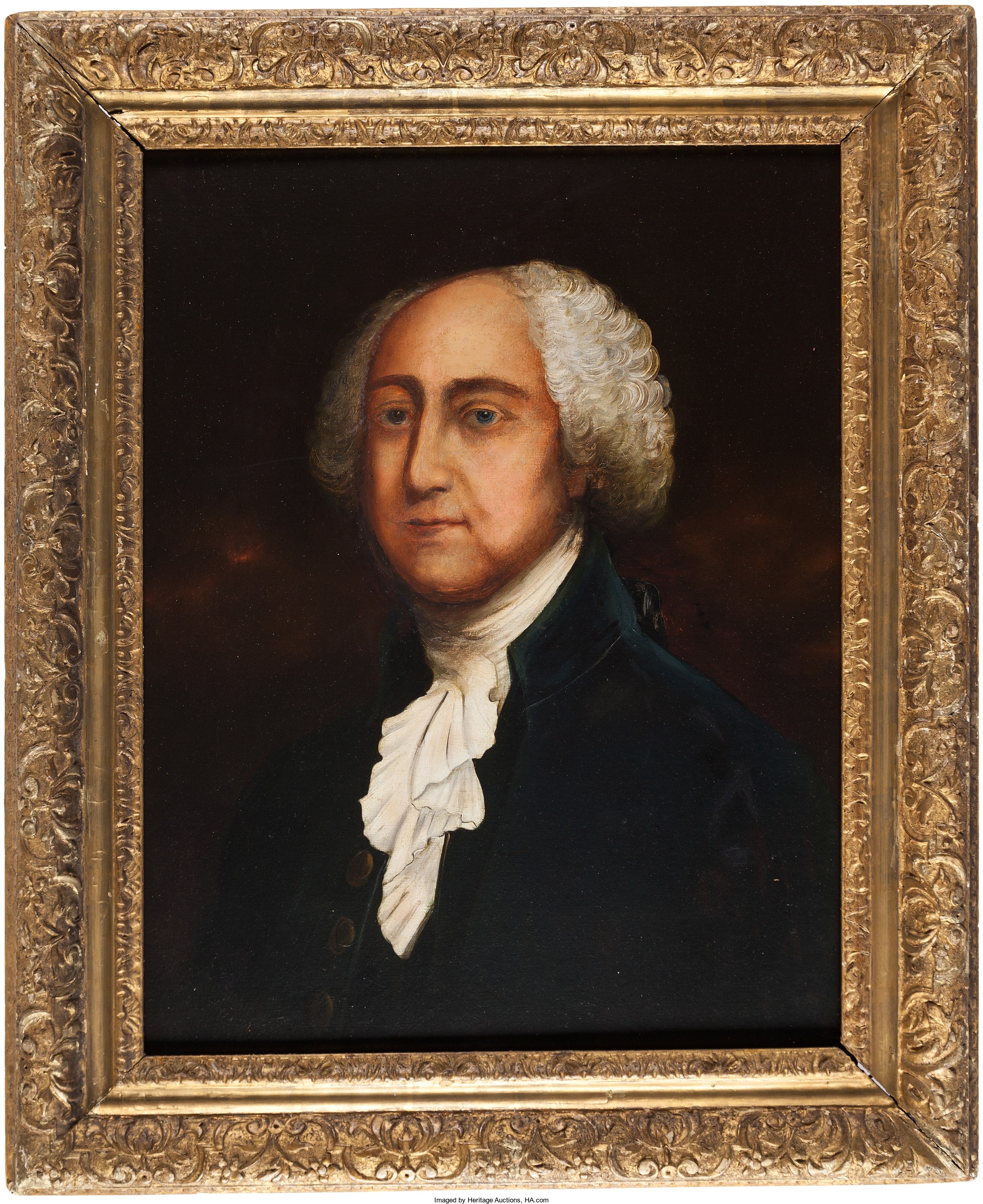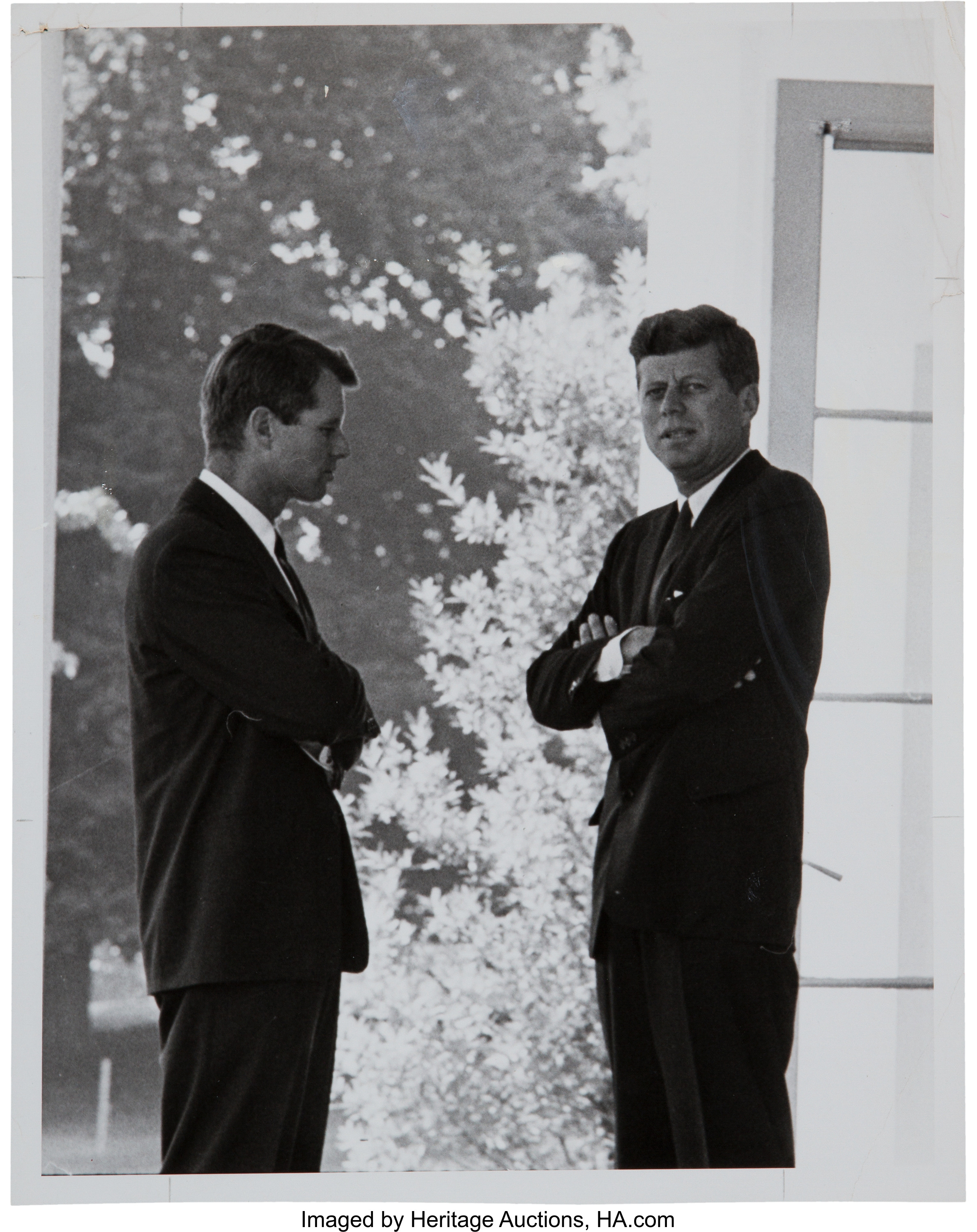
By Jim O’Neal
“I am prepared to wait for my answer until hell freezes over.”
An unusual statement, especially at an emergency session of the somber United States Security Council, and uncharacteristically bellicose for the speaker, U.N. Ambassador Adlai E. Stevenson. It simply was the most dangerous time in the history of the world … the 1962 Cuban Missile Crisis.
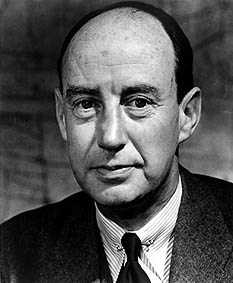
Ambassador Stevenson was interrogating Soviet U.N. representative Valerian Zorin while accusing them of having installed nuclear missiles in Cuba, a mere 90 miles from the U.S. coastline. Tensions were sky high. The Joint Chiefs had recommended to President John F. Kennedy an airstrike, followed by an immediate invasion of Cuba using U.S. military troops.
Then with the world’s two superpowers eyeball to eyeball, as Dean Rusk commented, the other guy blinked. Cuba-bound Soviet ships stopped, turned back, and the crisis swiftly eased.
Over much of the world, and especially in Washington and New York, there was relief and rejoicing. With crucial backing from the United Nations and the Organization of American States (OAS), nuclear war was averted. Success in avoiding a war of potential global devastation has gradually clouded the fact that the United States came perilously close to choosing the military option.
The arguments of those who fought for time and political negotiations have been blurred and gradually obscured by widespread euphoria. Even for Ambassador Stevenson, the sweet taste of success soon turned sour. First, there was the death of his dear friend Eleanor Roosevelt, quickly followed by a vicious personal attack on him that he never fully recovered from.
When Mrs. Roosevelt reluctantly entered the hospital, it was thought she was suffering from aplastic anemia. But on Oct. 25, 1962, her condition was diagnosed as rare and incurable bone-marrow tuberculosis. She was prepared and determined to die rather than end up a useless invalid. Her children reluctantly decided Stevenson should be allowed one last visit to his old friend, although daughter Anna warned she might not recognize him.
On Nov. 9, two days after her death, the U.N. General Assembly put aside other business and allowed delegate after delegate to express their personal grief and their country’s sorrow. It was the first time any private citizen had been so honored. Adlai told friends that his speech at the General Assembly and the one he gave at her memorial service were the most difficult and saddest times of his life.
Then a harbinger of a brewing storm started on Nov. 13 when Senator Barry Goldwater issued a sharp attack on Stevenson by implying he had been willing to take national security risks to avoid a showdown with the Soviets. The Saturday Evening Post followed with an article on Cuba that portrayed Stevenson as advocating a “Caribbean Munich.” The headlines at the New York Daily News screamed “ADLAI ON SKIDS OVER PACIFIST STAND ON CUBA.”
For months, Washington was abuzz with rumors that it was all a calculated effort by JFK and Bobby to force Stevenson to resign as U.N. ambassador. It was all innuendo, half-facts and untrue leaks, but it was still reverberating a quarter of a century later when the Sunday New York Times magazine, on Aug. 30, 1987, published a rehash of all the gossip.
In truth, all we were witnessing was a preview of things to come: the internet age of “Breaking News” (thinly veiled opinions parading as facts), 24/7 cable TV loaded with panels of “talking heads,” and a torrent of Twitter gibberish offering a full banquet of tasty goodies for any appetite.
Stevenson, born in Los Angeles in 1900 – the year his grandfather ran for vice president on a losing ticket with William Jennings Bryan – lost his own bid for the presidency twice (1952 and 1956). He died of a heart attack in 1965 in London while walking in Grosvenor Square – finally getting some peace.
The rest of us will have to wait.
 Intelligent Collector blogger JIM O’NEAL is an avid collector and history buff. He is president and CEO of Frito-Lay International [retired] and earlier served as chair and CEO of PepsiCo Restaurants International [KFC Pizza Hut and Taco Bell].
Intelligent Collector blogger JIM O’NEAL is an avid collector and history buff. He is president and CEO of Frito-Lay International [retired] and earlier served as chair and CEO of PepsiCo Restaurants International [KFC Pizza Hut and Taco Bell].

